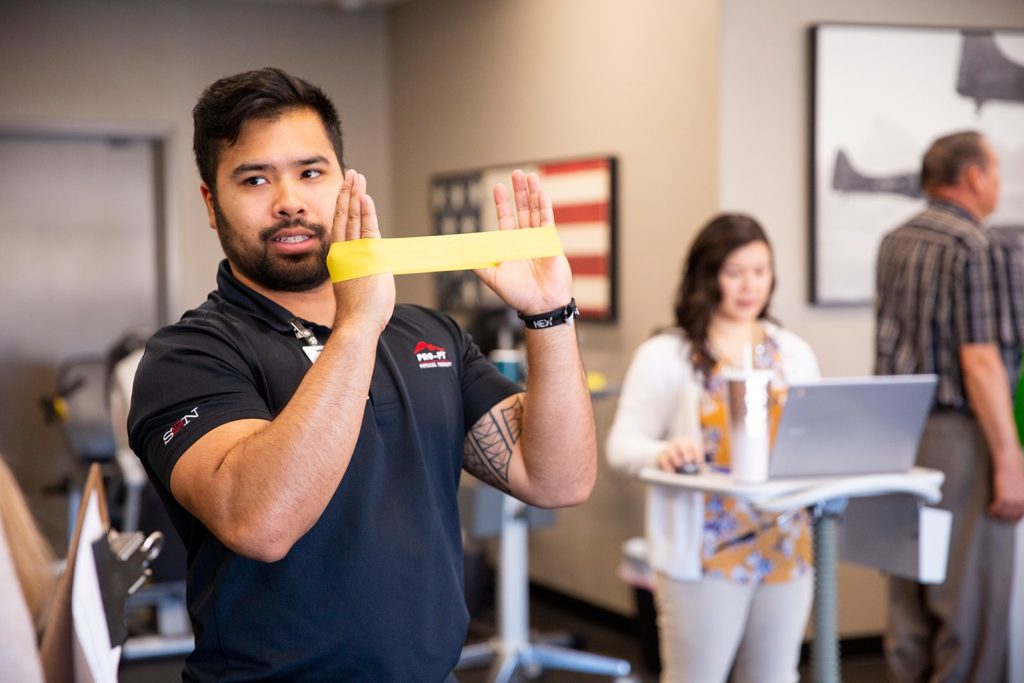
Acute injuries in sports can occur unexpectedly and often lead to serious problems for players. These injuries can range from sprains and strains to fractures and concussions. To assist reduce these traumas, it is essential to implement targeted protective strategies. These strategies focus on education, appropriate preparation, equipment use, and overall well-being maintenance. By tackling these key areas, players can considerably reduce their risk of experiencing acute injuries while participating in their beloved activities.
One successful method to minimizing the risk of injuries is through education. Athletes, trainers, and guardians should be educated about the typical types of injuries associated with particular sports. Understanding the mechanics of these traumas allows everyone to identify the indicators and symptoms early. Informative workshops or seminars can assist teach players about correct techniques and the significance of warming up before games or training sessions. This knowledge enables players to take responsibility for their well-being and encourages them to express any concerns about possible injuries.
Another important protective strategy is proper preparation. Players should engage in a well-rounded conditioning program that focuses on building strength, flexibility, and endurance. Strength conditioning helps build the muscles that stabilize joints, reducing the likelihood of traumas. Flexibility exercises, such as elongating, can enhance the scope of motion and reduce the chance of muscle strains. Additionally, athletes should integrate sport-specific drills that simulate game situations, which can help them become more familiar with the movements involved in their selected activity. Coaches play a vital role in developing and implementing these training programs to ensure they are secure and efficient.
The use of appropriate gear is also essential in reducing acute traumas in athletics. Players should always wear the appropriate equipment for their specific activity, including helmets, pads, and suitable footwear. For example, gridiron players need helmets to shield against head injuries, while soccer players require shin guards to protect their legs from collision. It is essential that equipment is fitted correctly and is maintained regularly to ensure it provides the intended protection. Trainers and parents should encourage players to take the time to choose and wear the right gear to minimize their chances of trauma.
In addition to awareness, preparation, and gear, maintaining overall health is essential for trauma prevention. Athletes should emphasize adequate nutrition, hydration, and rest to keep their physical condition in top condition. A balanced diet rich in vitamins and minerals aids facilitate muscle recovery and overall physical performance. Staying hydrated is also crucial, as dehydration can result to exhaustion and heighten the risk of traumas. Lastly, achieving enough sleep is vital for recovery weblink and upholding focus during practices and matches. By encouraging good well-being habits, athletes can improve their performance and lower their chances of experiencing acute injuries.
In summary, minimizing the risk of acute injuries in sports requires a multifaceted approach that includes education, proper training, appropriate equipment, and overall health maintenance. By focusing on these targeted preventive strategies, athletes can better protect themselves from the dangers of injuries. Coaches, parents, and athletes all have important roles to play in fostering a safe sports environment. By working together and prioritizing safety, the enjoyment of sports can persist without the interruption of serious traumas.